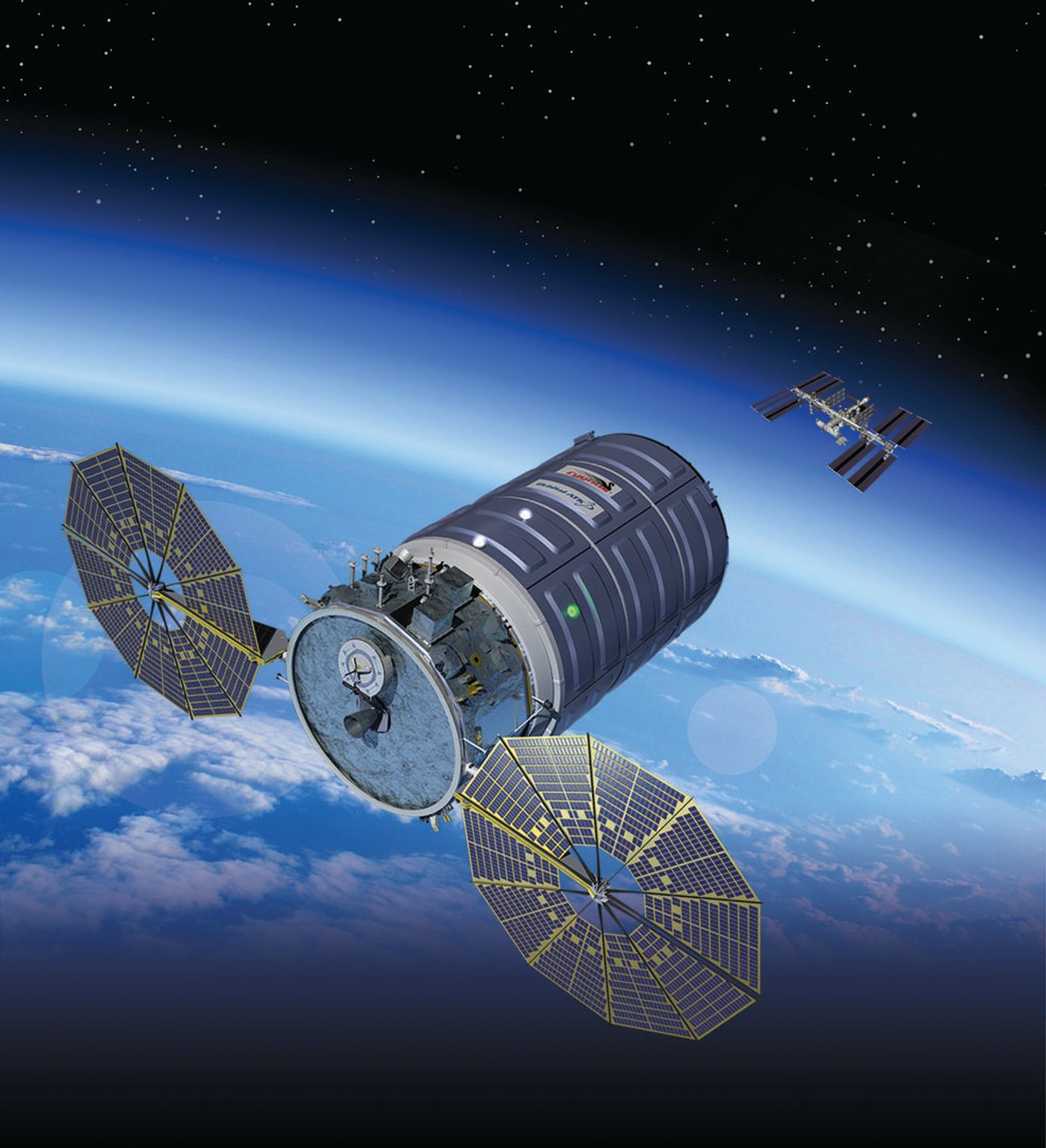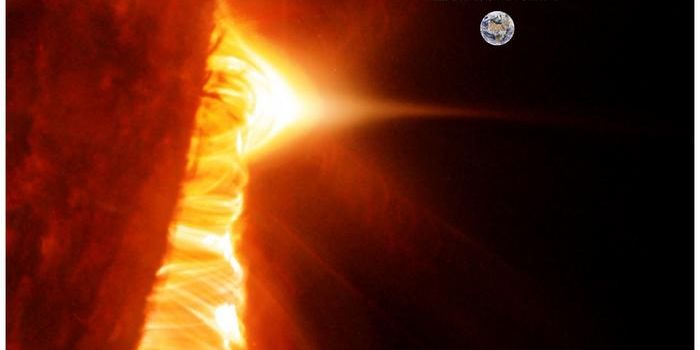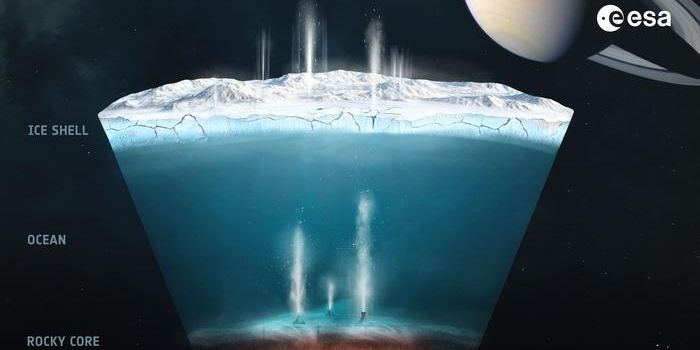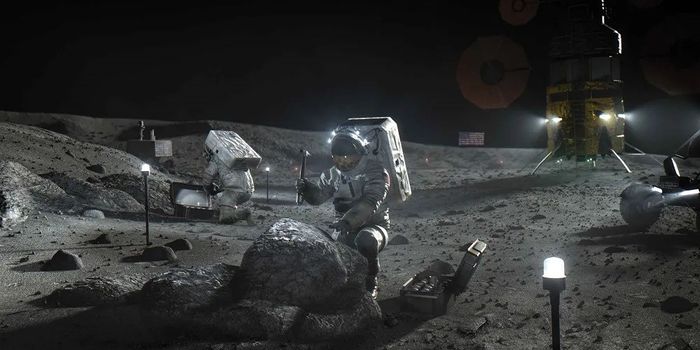Here's Why Tomorrow's ISS Resupply Launch is So Important
The last few years have been full of disappointing attempts to launch supply rockets to the International Space Station. Although there have been some unsuccessful attempts that have cost companies millions of dollars in losses, there have also been many good launches. The most recent was the SpaceX Falcon 9 launch this Summer, which exploded shortly after take-off and large debris from it were recently recovered in the ocean near the United Kingdom.
But SpaceX isn’t the only U.S.-based company in the space race. There are also others like Boeing, Orbital ATK, and Sierra Nevada that are hoping to get contracts with NASA to continue space exploration and to continue providing our astronauts with the supplies they need to keep experimenting and learning more about our solar system and its existence.
Thursday, December 3rd, which is tomorrow, Orbital ATK will be launching its un-manned Cygnus spacecraft at 5:55:45 P.M. Eastern Time using an Atlas V rocket from Space Launch Complex 41 at Cape Canaveral Florida that is full of supplies intended to re-supply the International Space Station.

Although the launch is just another of many that have succeeded in the past, it’s a very important launch, because as NASA considers what companies it will partner with for future missions, both manned and un-manned, displaying reliability is among one of the most important factors that will move NASA to sign a contract.
Orbital ATK, like SpaceX, also had one of its rockets blow up in 2014. So currently, SpaceX and Orbital ATK are on similar playing fields. Both companies have demonstrated failure at one point or another, but both companies have also built good rockets. So the decision will be tough for NASA, and additional demonstration will help with that decision.
Because of these companies’ somewhat sketchy track record, NASA has been using the Russian Soyuz for a lot of its astronaut delivery missions to and from the International Space Station. The Soyuz has proven to be a very reliable way of getting astronauts there and back. But the idea here in working with these space companies is to bring that action home, back to the United States where we can be less dependent on other nations.
Source: NASA








